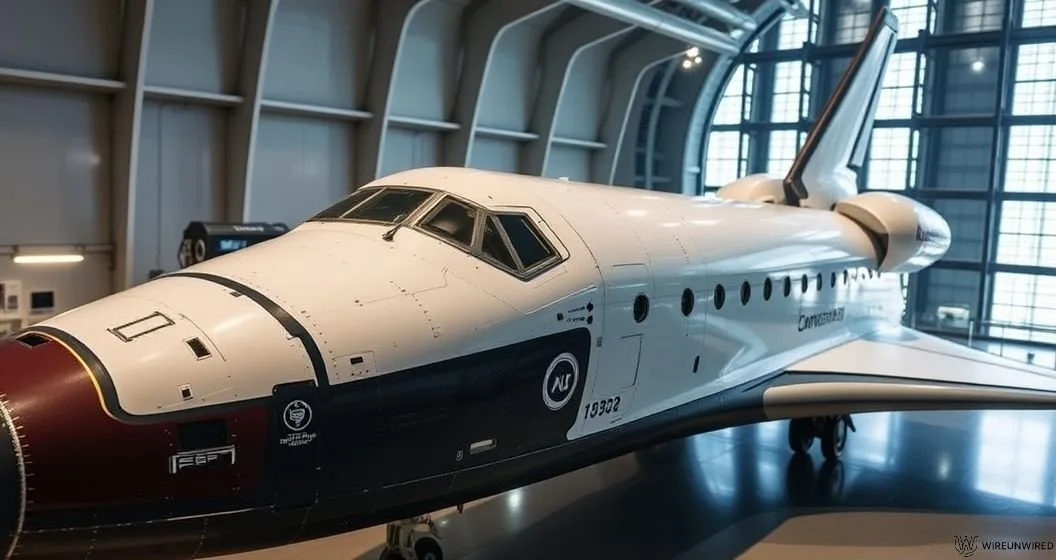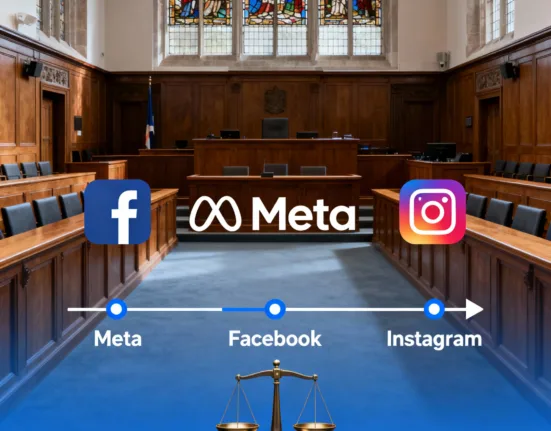Why Moving Space Shuttle Discovery Risks Irreversible Damage and Millions in Costs ?
- by Abhinav Kumar
- 24 October 2025
- 3 minutes read

Key Insights
- Relocating Space Shuttle Discovery to Houston could require cutting it into pieces, threatening its historical integrity and incurring costs far above initial federal estimates.
- Legal and political disputes between Congress, NASA, and the Smithsonian complicate the move, raising questions about ownership, preservation, and federal authority over national museum collections.
- Technical challenges of disassembly could permanently damage unique features, including thermal tiles and wiring, compromising future research and educational value.
A single space shuttle orbiter holds decades of American ingenuity—Discovery, the most-flown shuttle in history, is at the center of a heated battle between federal lawmakers and the Smithsonian that could change how priceless technological artifacts are preserved. In a surprising turn, federal mandates now require the Smithsonian to prepare Discovery for relocation to Houston, risking irreversible physical damage and sparking fierce debate about the stewardship of national space heritage.
The Technical Hurdle: Why Cutting Up Discovery Is So Risky
The space shuttle Discovery was engineered as a reusable spacecraft, not a modular exhibit. Experts warn that moving Discovery requires major disassembly—removing its wings, cockpit, payload bay, and thermal protection systems—compromising the shuttle’s structural integrity and destroying its historical value. As Smithsonian officials note, “the shuttle wasn’t designed to be disassembled. It’s not something that NASA ever contemplated doing” .
Key technical risks include:
- Removal of hundreds to thousands of thermal tiles—critical for the shuttle’s reusability and unique among space vehicles.
- Disconnection of miles of wiring, tubing, and connectors—making future restoration virtually impossible.
- Destruction of white thermal blankets—essential for exterior protection and historic authenticity.
Former NASA astronaut Mark Kelly, who flew Discovery, compared the process to “ripping off the wings” and stripping away the features that define the shuttle’s legacy . This underscores that, unlike many museum artifacts, Discovery’s preservation depends on keeping its complex systems intact for future research and education.
Legal and Political Showdown: Who Really Owns Discovery?
The push to move Discovery began with Texas lawmakers, notably Senators John Cornyn and Ted Cruz, who argue that Houston—home to NASA’s Johnson Space Center—deserves to display the shuttle. Their “Bring the Shuttle Home Act” was folded into sweeping federal legislation, mandating the Smithsonian and NASA to relocate Discovery within 18 months .
However, the Smithsonian maintains that it owns Discovery outright, having received “all rights, title, interest and ownership” from NASA in 2012. This places the Institution in a unique legal position as a “trust instrumentality”—a public trust created by Congress but distinct from standard federal agencies. Legal precedent generally supports the Smithsonian’s autonomy over its collection, yet federal lawmakers claim that congressional creation and funding entitle them to override museum decisions .
Recent correspondence has escalated the conflict, with Texas senators requesting a Department of Justice investigation into the Smithsonian for alleged lobbying against the move . Meanwhile, senators from Virginia and other states have urged Congress to block funding, citing the risk of destroying an irreplaceable artifact and questioning the legal basis for such a transfer.
Financial and Logistical Barriers: The True Cost of Relocation
Beyond technical and legal hurdles, the financial reality of moving Discovery is daunting. The Smithsonian and NASA estimate relocation costs between $120 million and $150 million—far exceeding the $85 million allocated by Congress. This figure excludes the expense of constructing a new facility in Houston to house the orbiter .
A breakdown of major costs:
- Disassembly and transport of the shuttle
- Specialized restoration and artifact preservation
- Construction of a climate-controlled display facility
- Long-term maintenance and educational programming
These expenses reflect not just the technical complexity but also the unprecedented nature of removing a flagship artifact from the National Air and Space Museum’s collection. Preservation experts warn that such a move sets a dangerous precedent for future stewardship of national science and technology assets.
You Would Love To Read :Quantum Sensing and AI Drive NATO’s Defense Edge Amid Rising Threats
Emerging Trends: Preserving Tech Heritage in the Age of Politics
The Discovery saga highlights an emerging tension in the technology museum sector—balancing federal interests, regional pride, and best practices for artifact preservation. As spacecraft and other advanced technologies become central to national identity, disputes over ownership and stewardship are likely to intensify.
Key trends include:
- Growing calls for transparent, expert-driven artifact management to safeguard engineering heritage.
- Increasing involvement of grassroots advocacy groups, such as KeepTheShuttle.org, in shaping public opinion and policy.
- New precedents for federal intervention in museum collections, raising broader questions about the autonomy of public trusts.
For engineers, historians, and the public, the fate of Discovery offers a cautionary tale: preserving technological marvels for future generations demands more than funding and politics—it requires respect for the intricate science and history embedded in every artifact.
Discover more from WireUnwired Research
Subscribe to get the latest posts sent to your email.










